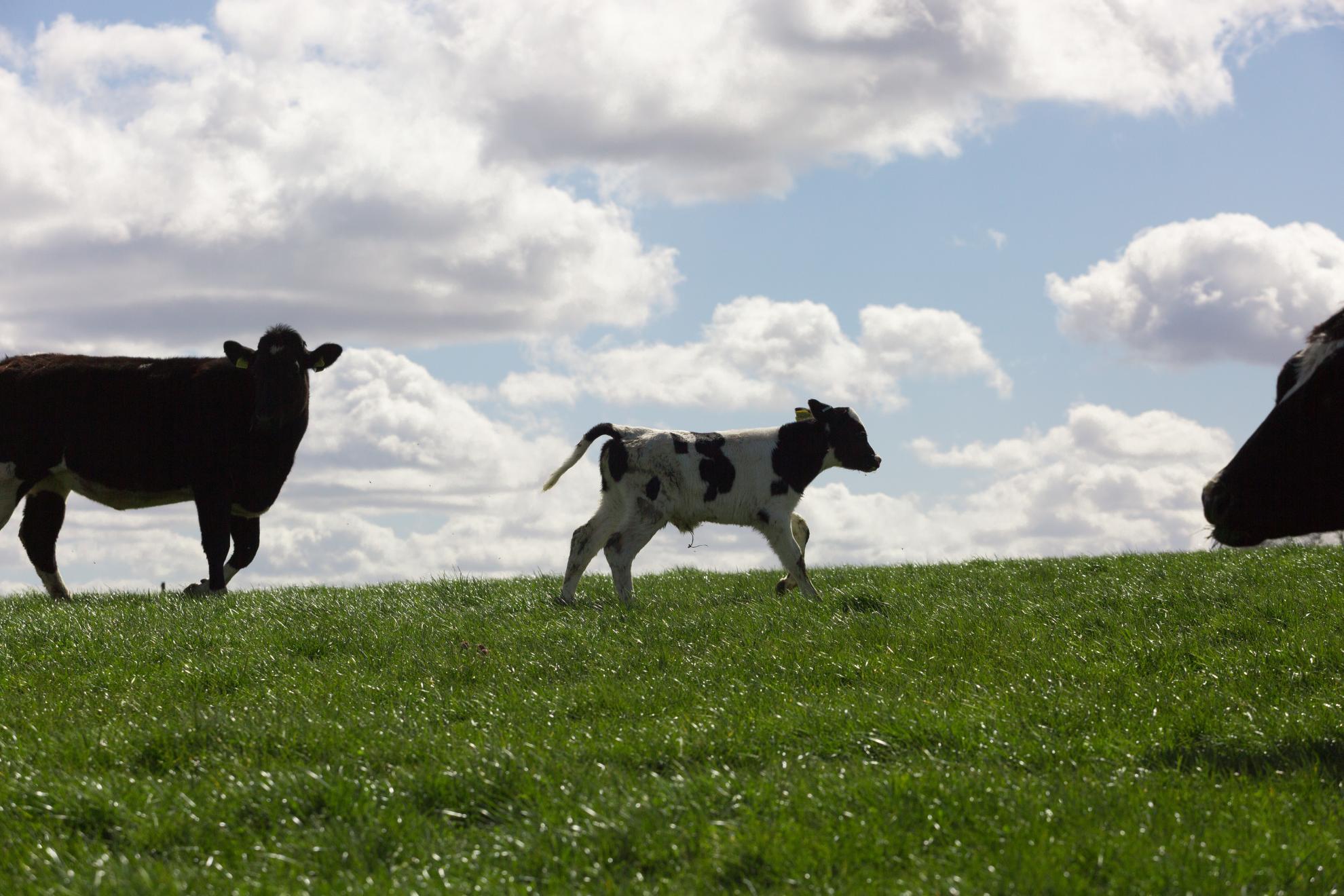The bird's immune response to avian pathogenic Escherichia coli
Avian pathogenic Escherichia coli (APEC) cause colibacillosis in birds, a syndrome of severe respiratory and systemic disease that constitutes a major threat due to early mortality, condemnation of carcasses and reduced productivity. APEC can infect different types of birds in all commercial settings, and birds of all ages although disease tends to be more severe in younger birds likely a consequence of an immature immune system. APEC can act as both primary and secondary pathogens, with predisposing factors for secondary infections including poor housing conditions, respiratory viral and Mycoplasma spp. infections or vaccinations. Controlled studies with APEC as a primary pathogen have been used to study the bird's immune response to APEC, although it may not always be representative of natural infections which may be more complex due to the presence of secondary agents, stress and environmental factors. Under controlled experimental conditions, a strong early innate immune response is induced which includes host defence peptides in mucus and a cellular response driven by heterophils and macrophages. Both antibody and T-cell mediated adaptive responses have been demonstrated after vaccination. In this review we will discuss the bird's immune response to APEC as primary pathogen with a bias towards the innate immune response as mechanistic adaptive studies clearly form a much more limited body of work despite numerous vaccine trials.
